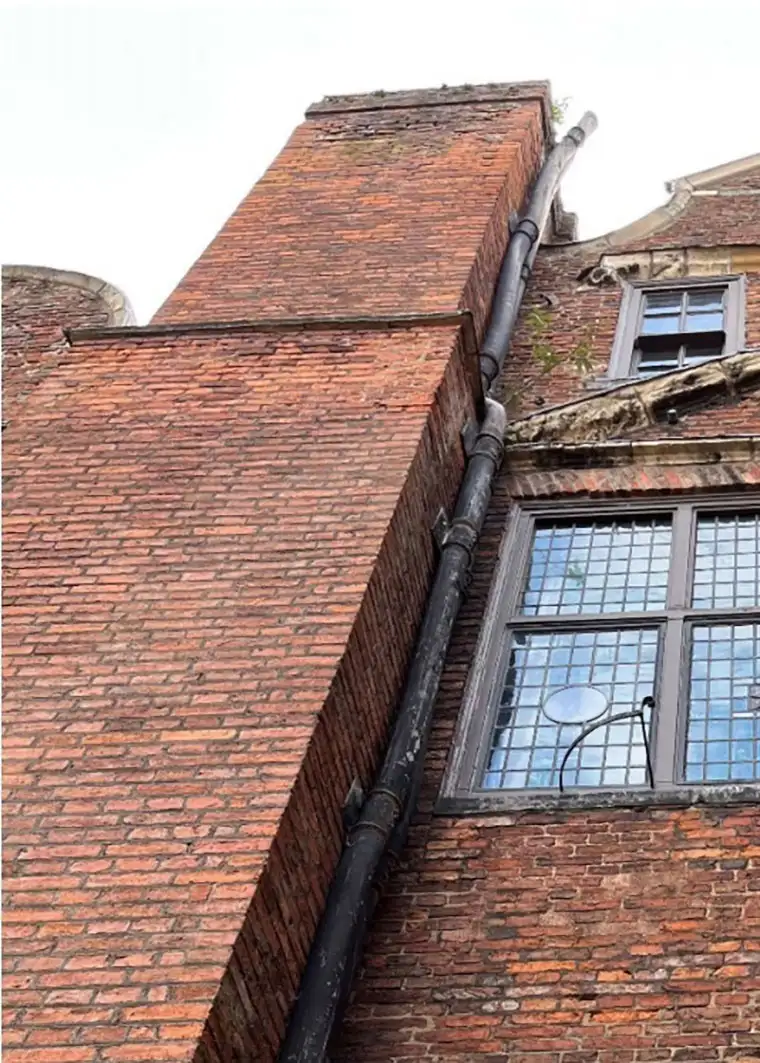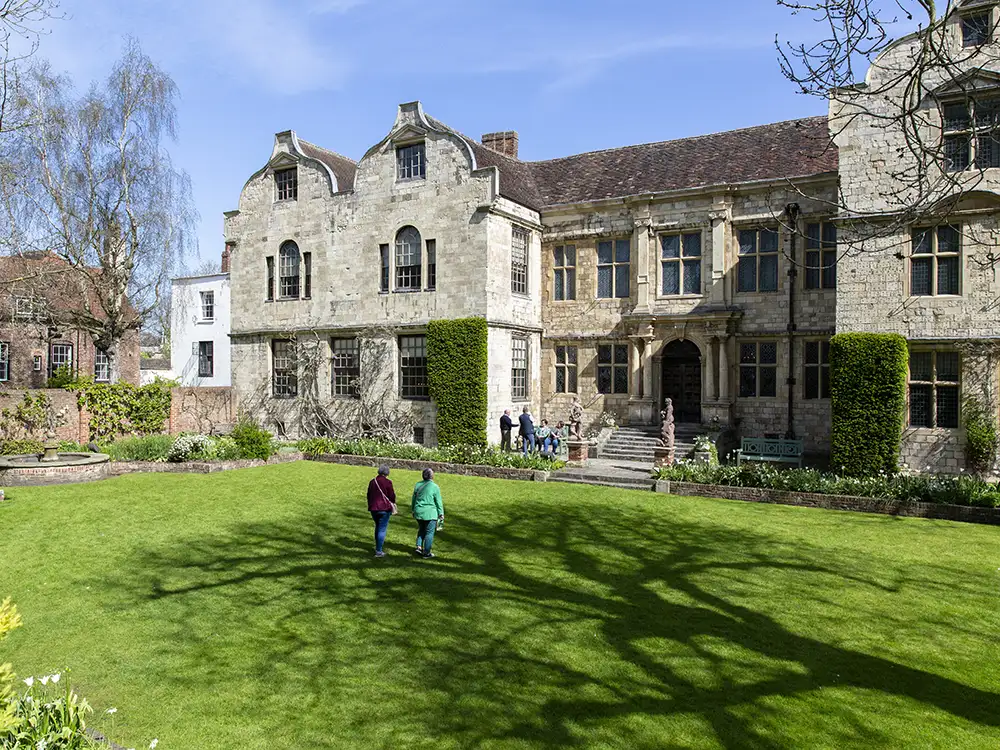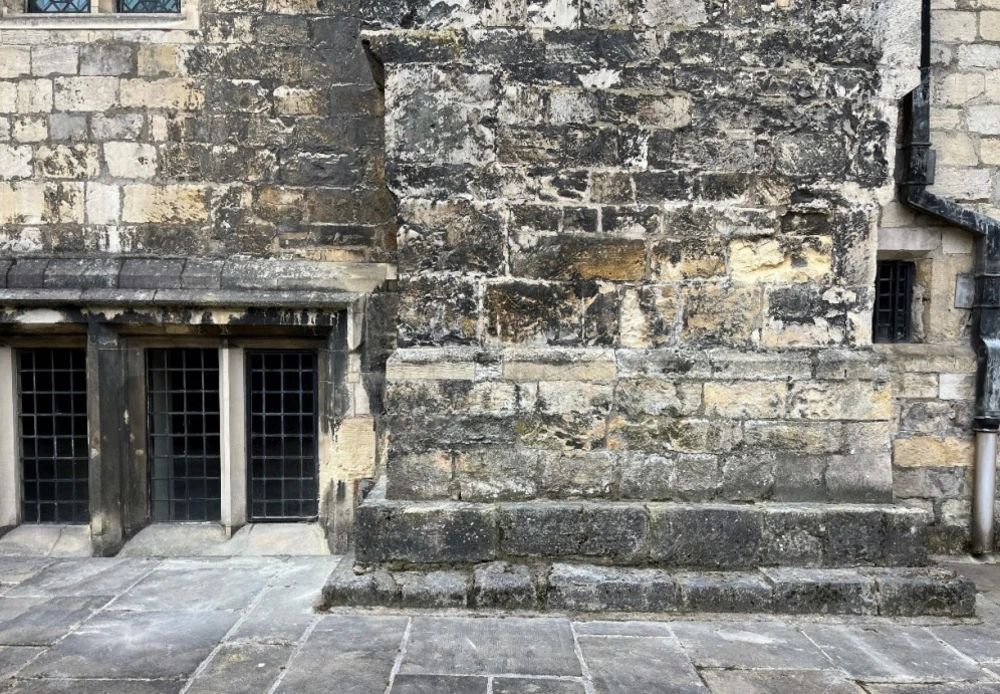Plans lodged to renovate York’s Treasurer’s House have warned part of the historic building may collapse unless it’s repaired.
National Trust plans have proposed dismantling the upper part of the Grade I-listed building’s lift shaft and rebuilding it, along with cleaning black sulphate off its stonework.
The plans stated there was currently a risk of falling masonry which could injure people below because of the poor condition of the upper section of the lift shaft.
Plans lodged with City of York Council for Treasurer’s House, in Minster Yard, follow the findings of inspections which take place at the building every five years.
The current structure was built in the early 17th century but parts of the site date back to medieval times, with some surviving Roman fragments in its cellar.
Inspectors found loose bricks and a bulge in the brickwork at the top of the redunant lift shaft, on the side facing Gray’s Court.
Plants were also found growing on the side of the lift shaft.
The upper section of the shaft would be dismantled and the roof would be removed as part of the works.
Reconstruction plan

The inside would also inspected to see if any historic lift machinery remains in place and any found would be temporarily taken out.
Bricks would then be cleaned before being used in the reconstruction of the shaft which would also see a new lead roof installed and lift machinery put back in.
Replacing eroded brickwork, reinforcing parts of the building where there has been cracking in the structure, repointing some of the mortar and redecorations are also planned.
Plans stated: “Due to the poor condition of the upper section of the lift shaft, there is a risk of collapse, with the attendant risk to people from falling masonry and damage to the historic building.

“This work is therefore essential to address health and safety concerns.”
Treasurer’s House has long been regarded as one of the most prestigious buildings in York and it hosted James I in 1617, according to the National Trust.
The building was bought by the industrialist Frank Green in the late 19th Century and renovated to connect different parts of the site together into one house.
It housed his furniture collection and was visited by Edward VII in 1903 before later being gifted to the National Trust.
